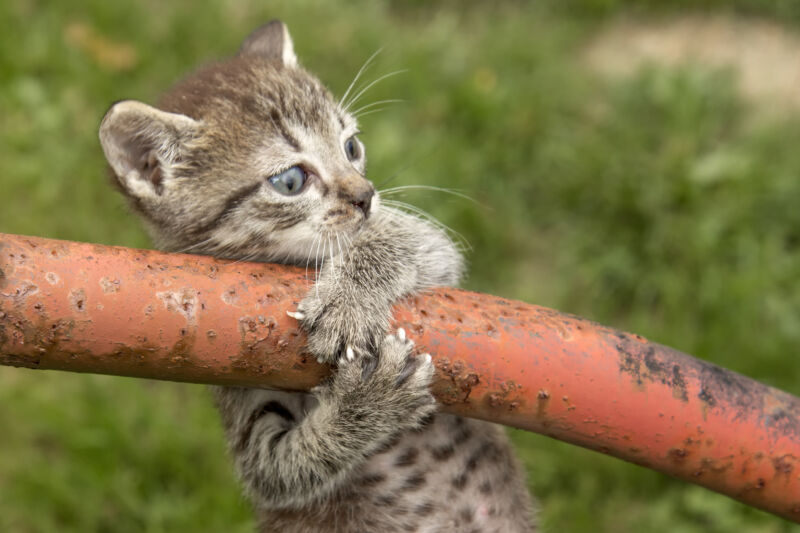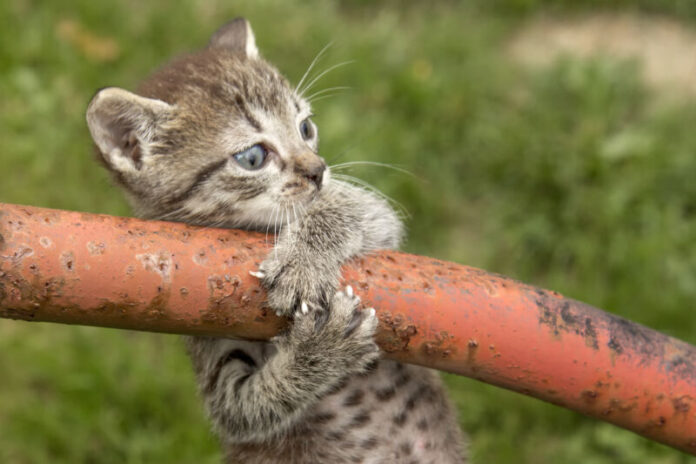
Enlarge (credit: Fernando Trabanco Fotografía via Getty Images)
Isaac Newton would never have discovered the laws of motion had he studied only cats.
Suppose you hold a cat, stomach up, and drop it from a second-story window. If a cat is simply a mechanical system that obeys Newton’s rules of matter in motion, it should land on its back. (OK, there are some technicalities—like this should be done in a vacuum, but ignore that for now.) Instead, most cats usually avoid injury by twisting themselves on the way down to land on their feet.
Most people are not mystified by this trick—everybody has seen videos attesting to cats’ acrobatic prowess. But for more than a century, scientists have wondered about the physics of how cats do it. Clearly, the mathematical theorem analyzing the falling cat as a mechanical system fails for live cats, as Nobel laureate Frank Wilczek points out in a recent paper.
Read 19 remaining paragraphs | Comments
Ars Technica - All contentContinue reading/original-link]




